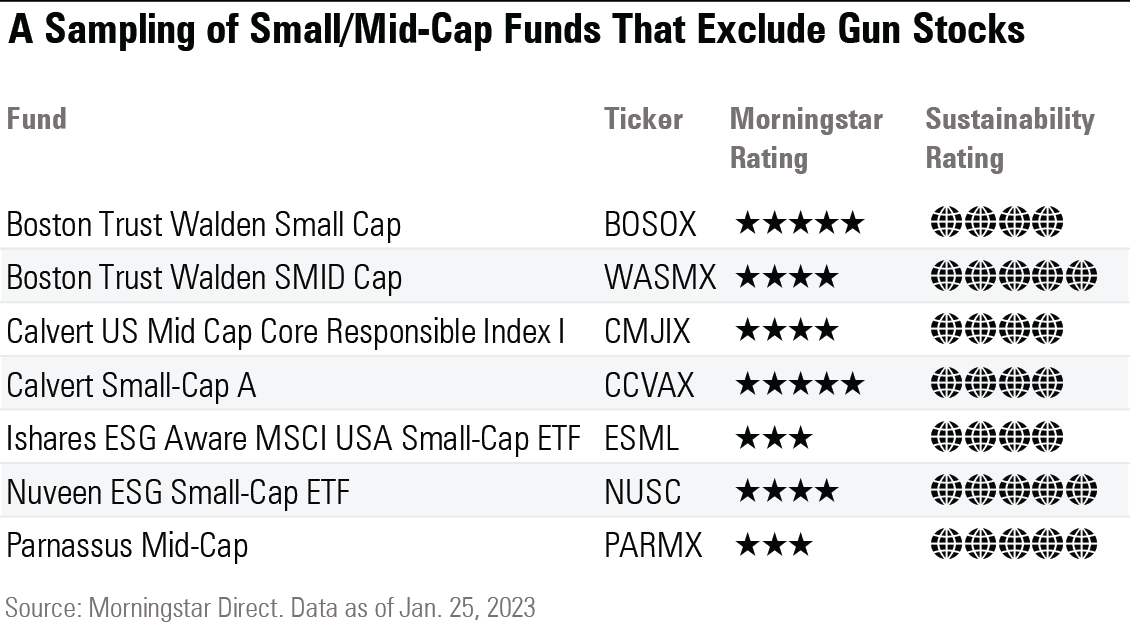It looks like you're new here. If you want to get involved, click one of these buttons!
https://vox.com/future-perfect/2023/4/29/23701153/medicaid-work-requirements-republicans-food-stamps-cash-welfarethey have proven unwilling to make major cuts to the three biggest components of the federal budget: Social Security, Medicare, and the military. And so their just-passed spending plan focuses heavily on what’s left: mostly, programs for the poor.
On Medicaid, Republicans want recipients to fulfill certain income and work thresholds. If they don’t, states could kick them off their health insurance plans. A Congressional Budget Office report estimated that Medicaid work requirements would cause two million people to lose health coverage.
Republicans also want work requirements for the Supplemental Nutrition Assistance Program, or SNAP. Adults without children must fulfill work requirements up to the age of 56, overturning current law that has the threshold at age 49. Not only are such cuts punitive in nature, but they effectively leave people more vulnerable to precarity. The less we support people preemptively, the higher the costs will be if they fall through the cracks.
Agree @BenWP - That’s just a small sample. There’s a hard to find link in the article that takes you to a screener.“ … there may be many more gun-manufacturer-free funds out there. The list above comes from Kipplingers 25 favorite MFs, a pretty small sample.”

https://www.treasurydirect.gov/help-center/savings-bond-faqs/When did I need to complete my I bond purchase to receive the initial rate of 6.89 percent?
If you were buying in TreasuryDirect, you needed to complete your purchase and receive a confirmation e-mail by Thursday, April 27, 2023, at 11:59 p.m. Eastern Time.
Brokers using affiliated banks include among others, Schwab (Charles Schwab Bank, Charles Schwab Premier Bank, Charles Schwab Trust Bank, TD Bank, TD Bank USA), E*Trade (self-directed accounts are limited to Morgan Stanley Bank and Morgan Stanley Private Bank; other accounts also use Citibank), and Merrill (Bank of America, Bank of America, Calif.; qualified Merrill retirement accounts may also use other banks)If you have more than $250,000 in cash in your broker-dealer’s bank sweep program, you may want to consider:
- Public Information about the health of the bank.
You may want to take advantage of the financial and other information available to consumers on FDIC’s website at https://banks.data.fdic.gov/bankfind-suite/bankfind [corrected]. One relevant consideration when assessing the health of the bank may be the percentage of deposits derived from concentrated sources such as brokered deposits or one or more bank sweep arrangements.- Your broker-dealer’s affiliation with the bank.
Your broker-dealer could choose not to limit or end a relationship with an affiliated bank that experiences financial difficulties, even if doing so would be in the best interests of broker-dealer’s customers.
© 2015 Mutual Fund Observer. All rights reserved.
© 2015 Mutual Fund Observer. All rights reserved. Powered by Vanilla